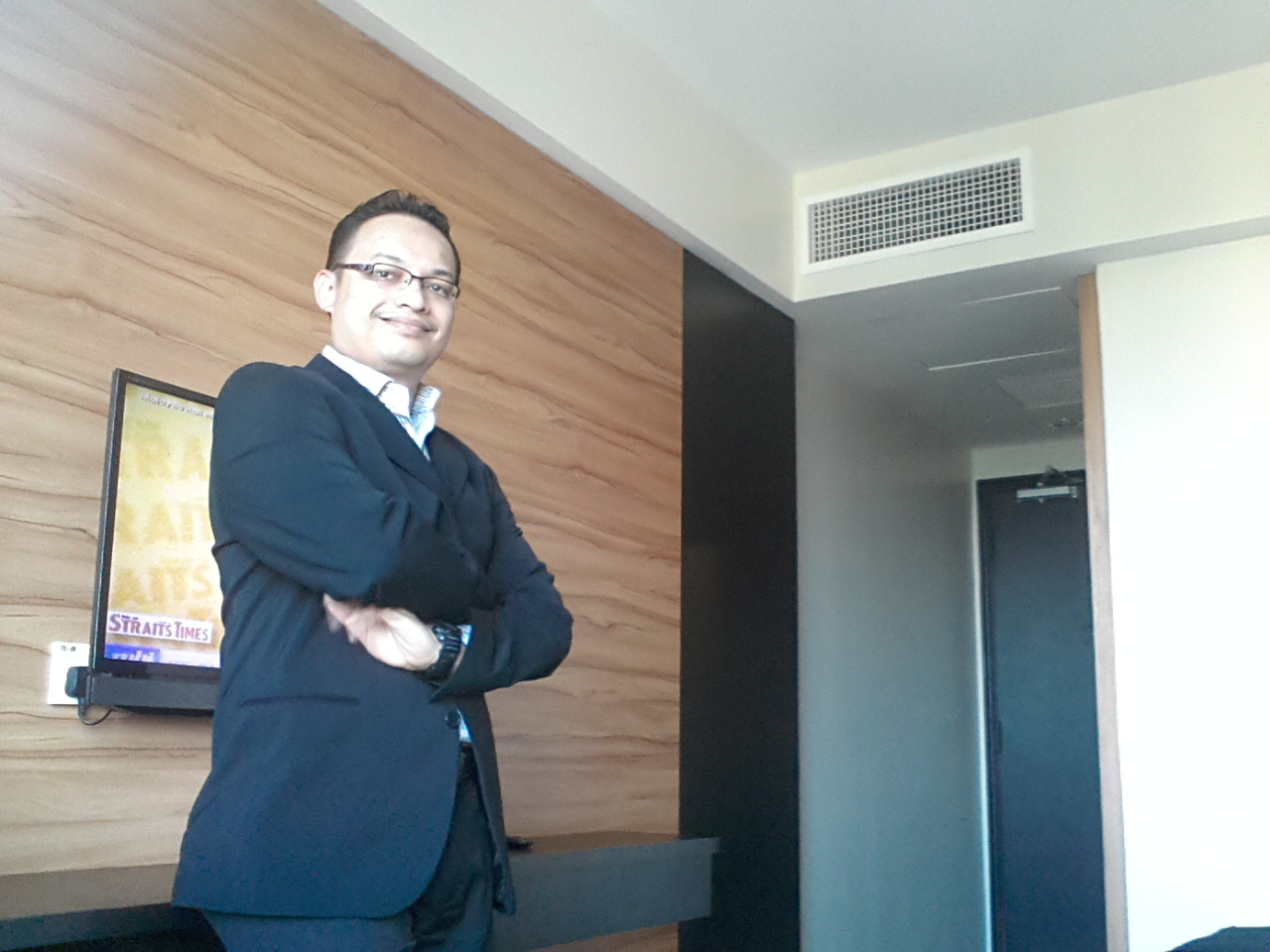Alhamdulillah, a new publication was successfully produced. Here is detail and abstract of the new publication in Sains Malaysiana.
A. Johari*, R. Mat, H. Alias, H. Hashim, M.H. Hassim, Z.Y. Zakaria, M. Rozainee, Combustion Characteristics of Refuse Derived Fuel (RDF) in a Fluidized Bed Combustor, Sains Malaysiana 43 (1)(2014): 103–109. Impact Factor: 0.408 (PDF).
Combustion Characteristics of Refuse Derived Fuel (RDF) in a Fluidized Bed Combustor
JOHARI*, R. MAT, H. ALIAS, H. HASHIM, M.H. HASSIM, Z.Y. ZAKARIA & M. ROZAINEE
ABSTRACT
The combustion characteristics of refuse derived fuel (RDF) in a fluidized bed have been studied. The gross heating value (GHV) of the RDF was 14.43 MJ/kg with moisture content of 25% by weight. Parameters of interest for sustainable bed combustion were the fluidization number and primary air factor. The study was performed in a rectangular fluidized bed combustor with dimensions of 0.3 m in width, 0.7 m in length and 2 m in height. Sand with mean particle size of 0.34 mm was used as a fluidization medium. The sand bed height was at 0.3 m above the standpipes air distributor. The range of fluidization number under investigation was 5–7 Umf in which 5 Umf was found to be the optimum. The study was continued for the determination of the optimum primary air factor with the selected range of primary air factors being 0.6, 0.8, 1.0 and 1.2 in experiments conducted at 5 Umf. The final results showed that the optimum primary air factor was at 0.8. An energy balance was also performed to determine the thermal efficiency of the combustion. It was concluded that the thermal efficiency depended on the bed temperature and the primary air factor being used.
Keywords: Air factor; fluidized bed combustor; fluidization number; operating parameter; refuse derived fuel (RDF); thermal efficiency
More of my published journals are published here.

